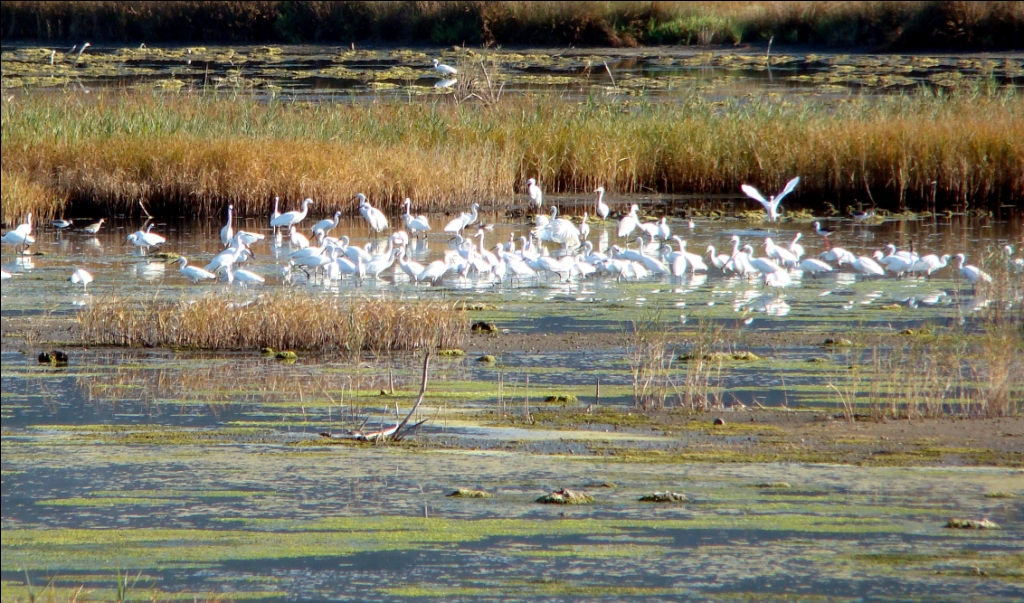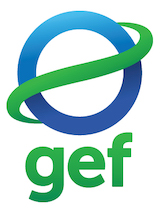Albania Second National Communication, 2009
Project Overview
The creation of a National Communication offers countries the opportunity to contribute with technically sound studies and information that can be used for designing mitigation and adaptation measures, and project proposals that can and will help increase their resilience to the impacts of climate change. Activities generally include: V&A assessments, Greenhouse Gas Inventory preparation, Mitigation Analysis or Education, and awareness raising activities.The ultimate goal is the integration of climate change considerations into relevant social, economic and environmental policies and actions.
Key Vulnerabilities identified in Albania's Second National Communication (2009):
- Water Resources
- Agriculture
- Forestry
- Energy
- Tourism and Settlements
Project Details
Potential Adaptation Measures identified in Albania's Initial National Communication (2009):
Water Resources
- Construction of a series of dams parallel and perpendicular to the coastal line and refilling
- Supplying the sea with the sediments to restore beaches (example Sochi/Batumi, Black Sea)
- Building with “nature” techniques
Agriculture
- Change in planting dates and cultivars
- Implementation of practices to conserve moisture (agro-technique measures like conservation tillage to protect the soil from wind and water erosion; retain moisture by reducing evaporation and increasing infiltration of precipitation into the soil;
- Biotechnology -development of “designer cultivars” to adapt to stresses (heat, water, pests and disease, etc.) of climate change
Forestry
- Preparing and applying of the seed stands and seed stand orchards designs to have the selected seeds of more adapted species to climate changes.
- Experiment the adapted indigene and exotic forest species to rehabilitate burned different forest terrains.
- Research on Optimum Land Use Planning, erosion protection, forest protection, biodiversity, conservation, fire hazards, and climate change capacity
Energy
- Increasing generation from new very efficient combined cycle thermal power plants in order to support reduction of all HPPs in general and Drini River Cascade in particular from the climate change;
- Planning of the rehabilitation of Fierza, Komani and Vau i Dejes HPPs (Drini River Cascade) shall take into consideration the climate change, which is going to reduce their production and their availability;
- Planning of the construction of small hydro power plants shall take into consideration the climate effect.
- Regional development programs, plans and policies and climate change concerns in the Drini River Cascade integrated
- Planning of the construction of new medium and large hydro power plants shall take into consideration the climate change, which is going to reduce their production and their availability;
- Establishment of capacities to monitor and respond to anticipated climate change impacts in the Drin River Cascade at the institutional and community levels.
Key Results and Outputs
- Sustainable development and the integration of climate change concerns into medium- and long-term planning
- Inventories of anthropogenic emissions by sources and removals by sinks of greenhouse gases
- Measures contributing to addressing climate change
- Research and systematic observation
- Climate change impacts, adaptation measures and response strategies
- Education, training and public awareness
Reports and Publications
Assessments and Background Documents
Monitoring and Evaluation
In 1992, countries joined an international treaty, the United Nations Framework Convention on Climate Change, to cooperatively consider what they could do to limit average global temperature increases and the resulting climate change, and to cope with whatever impacts were, by then, inevitable.
Parties to the Convention must submit national reports on implementation of the Convention to the Conference of the Parties (COP). The required contents of national communications and the timetable for their submission are different for Annex I and non-Annex I Parties. This is in accordance with the principle of "common but differentiated responsibilities" enshrined in the Convention.
The core elements of the national communications for both Annex I and non-Annex I Parties are information on emissions and removals of greenhouse gases (GHGs) and details of the activities a Party has undertaken to implement the Convention. National communications usually contain information on national circumstances, vulnerability assessment, financial resources and transfer of technology, and education, training and public awareness.
Since 1994, governments have invested significant time and resources in the preparation, collection and validation of data on GHG emissions, and the COP has made determined efforts to improve the quality and consistency of the data, which are ensured by established guidelines for reporting. Non-Annex I Parties receive financial and technical assistance in preparing their national communications, facilitated by the UNFCCC secretariat.




